A Day in Cordoba, Spain
- Meghan Perkins
- May 7, 2018
- 5 min read
Updated: Mar 21, 2021
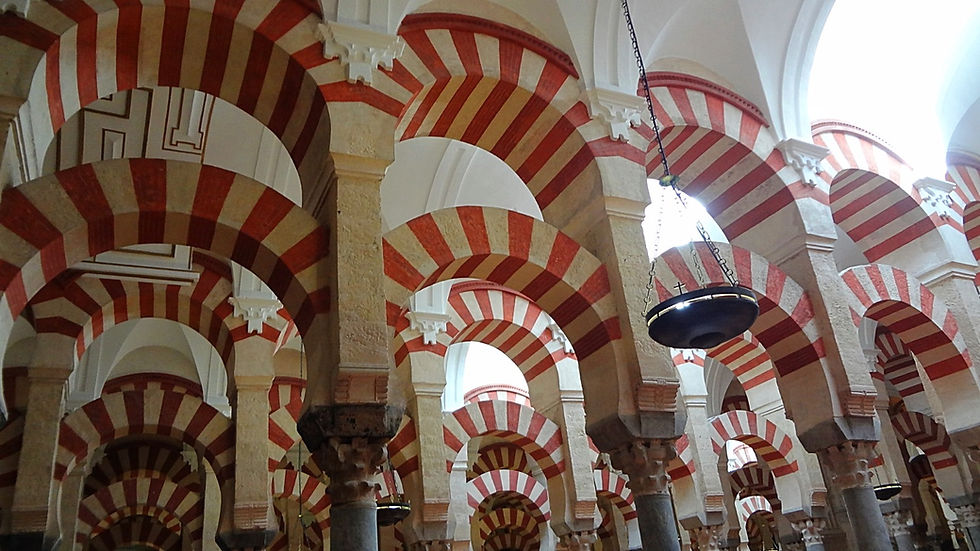
Cordoba is undeniably most well known for its evocative, 1200+ year old Mezquita (Mosque). While the Mezquita is now a Roman Catholic Church, many of the original elements of the massive structure still remain, including the famous candy cane colored arches that appear to stretch on for infinity. In fact, much of the Mosque remains untouched, with the central portion appearing to have sprouted a high, arched Cathedral out of it. While the Mezquita is definitely the most interesting sight in Cordoba–and the reason most people visit–it not the only sight to see in the city. The compact, walled city itself is also beautiful to walk around (both inside and out), particularly the Jewish Quarter, and Cordoba’s Roman Bridge provides a beautiful view back to the city.
We spent one day and night in Cordoba, and that felt like plenty of time to explore the historic old center. We stayed within the walled city to better soak up the atmosphere during our short visit. Our lodging of choice was a little boutique hotel, La Hospedería de El Churrasco. It had a perfect location, a great historic feel, and a delicious breakfast!
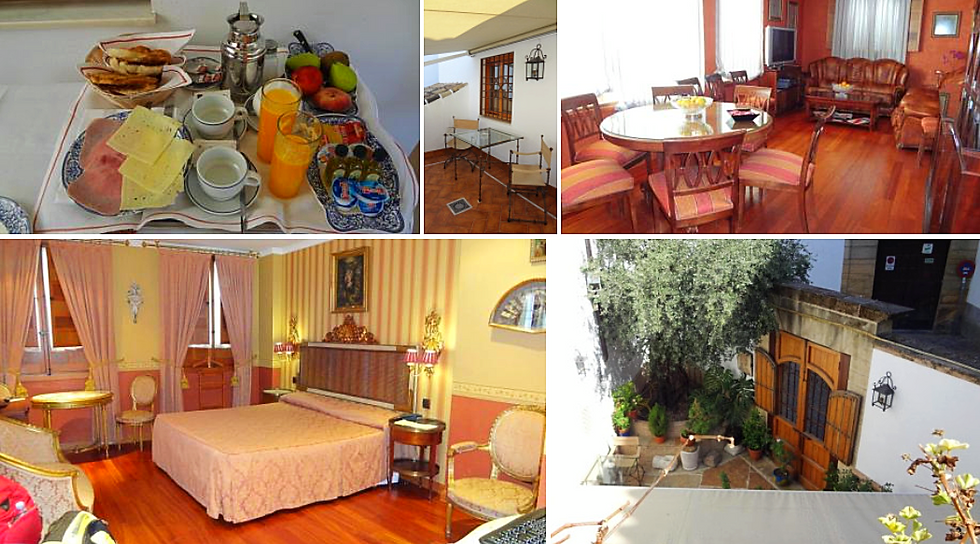
After arriving in Cordoba in the afternoon, we decided to do a city walk. First, we wandered the city’s picturesque Jewish Quarter–a UNESCO World Heritage sight and an easy walk. Unlike much of the rest of Cordoba, it wasn’t dominated by tourist shops, so we could better enjoy the atmosphere of the old city while wandering its narrow lanes.
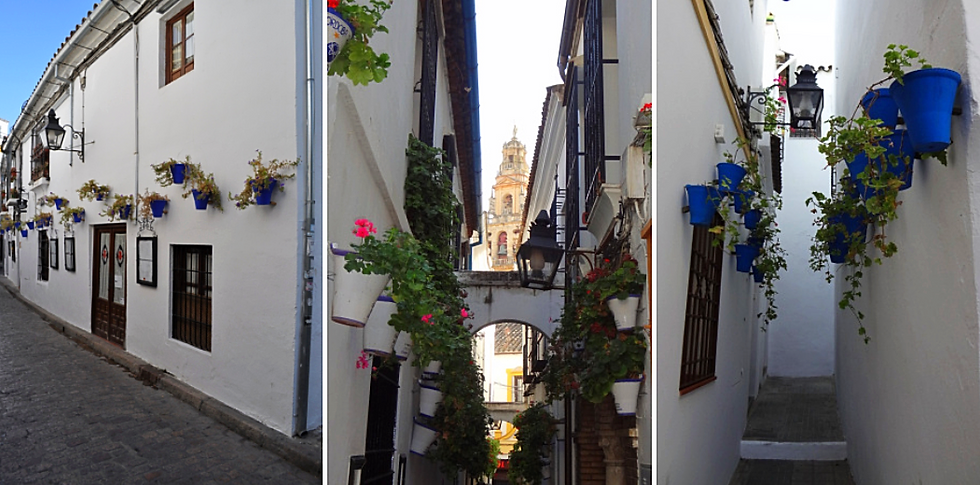
Highlights of our walk included a 14th century Synagogue, a statue of a Moorish philosopher, and the pretty Calle de las Flores (Street of the Flowers). The Synagogue, located on Calle de los Judios, was originally built in 1315. Like many of the religious sites in Spain, it had been a synagogue and a church at different times in its history and had even housed the Shoemaker’s Guild at one time. Just downhill from the synagogue was a statue of the Cordoban philosopher Maimonides; I had read you should rub his foot to get some of his wisdom to rub off on you–so we obviously had to try it. Next, we went to the picturesque Calle de las Flores. It is a narrow street with little potted plants seemingly sprouting out of the surrounding walls. We walked down the narrow lane for a look back toward the cathedral’s bell tower framed by the little flower pots popping out of the lane’s walls–an often photographed view in the city.

After the Jewish Quarter, we went outside of the city to view the Roman Bridge. The bridge, which spanned the Guadalquivir River, wasn’t all that beautiful, but the view from it back toward town made it worth a look. The bridge had a lot of very old city history behind it, with the foundations dating all the way back to the 1st century. To get out onto the bridge, we first had to walk through an unfinished 1517 gate, though. The famous gate was built for a planned visit from Prince Phillip II. Unfortunately, he arrived before the project was completed, so no one ever bothered to finish it.
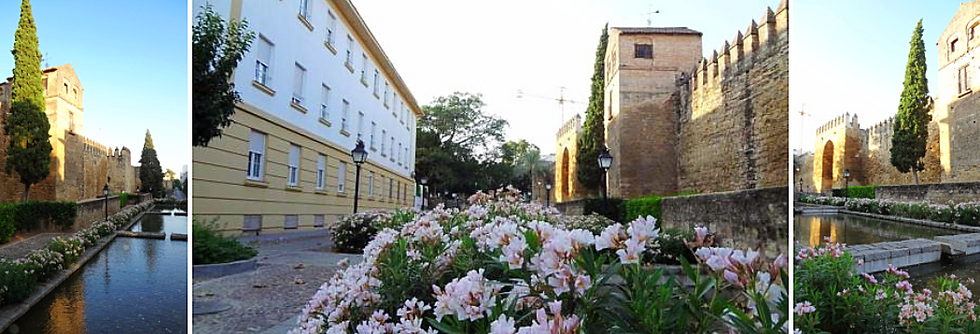
Next, we headed through the city and back outside of the current walls for a better view of the remaining fortifications. Built mostly during the 12th century, there were still a few spots where the wall remained intact. The best stretch was along Calle de Cairn which we accessed through the pretty Puerta de Almodóvar–the city’s best preserved medieval gate.
After our city explorations, we went off in search of dinner. Most of the restaurants in the historic core of Cordoba were extremely touristy, and honestly, our dinner choice was no exception. However, it was an easy walk from our hotel, and we had planned to call it an early night in order to get to the Mezquita first thing in the morning.
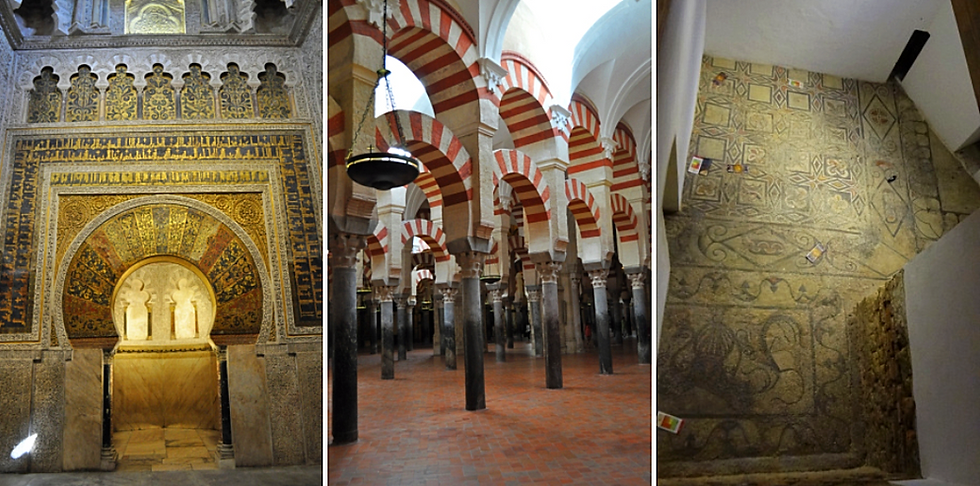
In the morning, we headed to our final stop and the highlight of Cordoba–the Mezquita. The Mezquita complex was massive. Stretching across 24,000 square meters, its history was as complicated as the complex was large. Like much of southern Spain, Cordoba had a history rife with the power struggle between the Moors (Muslims) and Christians. The site’s history began in the sixth century with the building of a Visigothic Christian Church, St. Vincent. The current structure’s construction began in 784 and spanned approximately 200 years under the Moors. When Cordoba was recaptured in 1236 by King Ferdinand, the site once again became a church. In 1523, it was proposed by the bishop at the time that they build a new Cathedral on the site. However, rather than destroy the Mezquita, he wanted to preserve its beauty and build the Cathedral in the center of the existing structure. Construcion on that project lasted until the early 17th century, and little had been changed since that time.
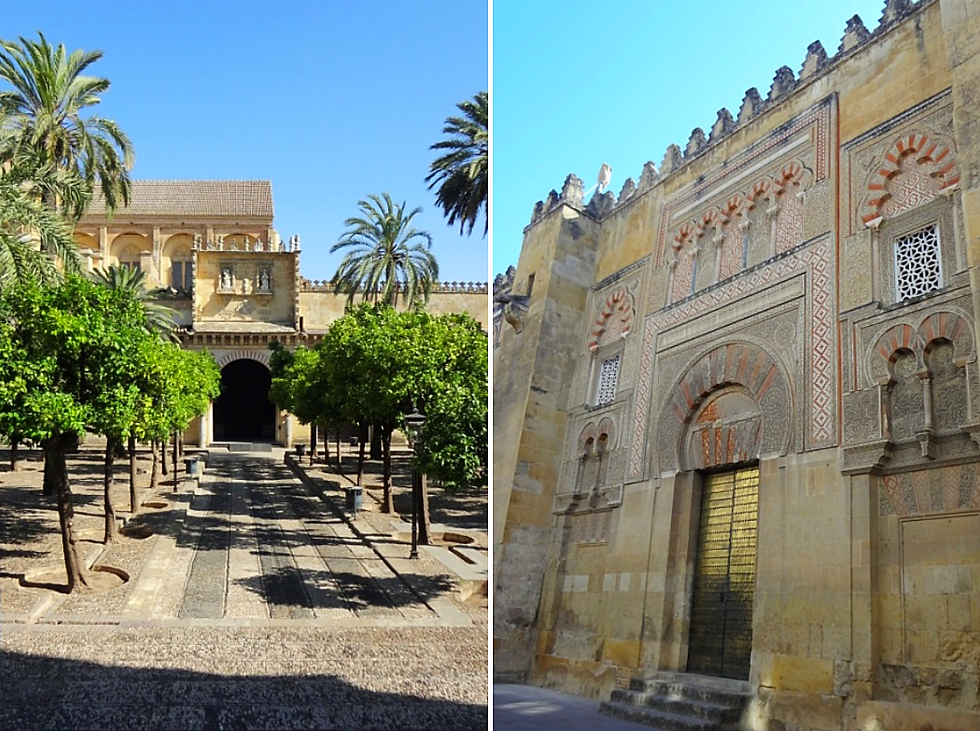
The entire complex was surrounded by a massive wall with keyhole gates. We entered through an open one to get into the Patio de los Naranjos (Courtyard of the Oranges). There, we purchased our tickets for the Mosque/Cathedral right at opening to avoid crowds. The interior of the Mezquita was even larger than I had pictured. It held 856 columns, each supporting the famous candy cane-striped, horseshoe-shaped double arches. They were designed quite ingeniously to appear to the eye as if they stretched on to infinity. The combination of the optical illusion of never-ending columns and the sheer size of the place, made the interior of the complex appear quite vast.
After exploring the arches and looking at them from every direction and angle imaginable, we went off to see the rest of the complex. First, we explored the mosaic ruins from the original church foundation that existed on the site. (They had been excavated, and parts could be viewed from above.) And finally, we headed to the center of the complex to view the towering cathedral.
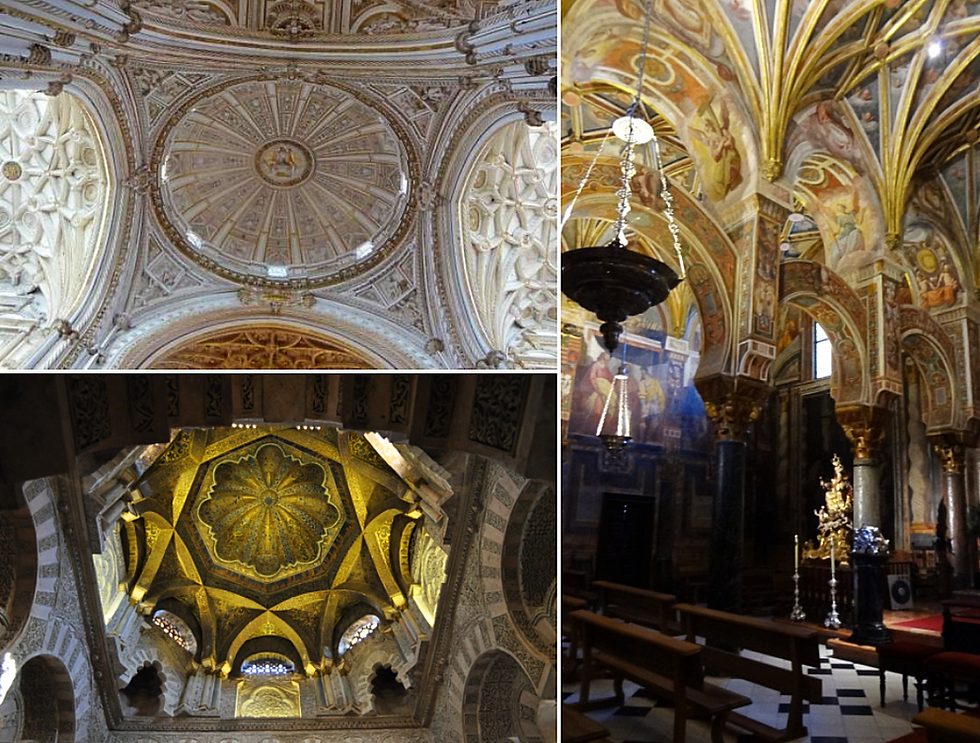
Situated right in the center of the Mezquita was the dominating presence of the Cathedral. At 130 feet high, it appeared to pop out of the center of the structure, towering over it by 100 ft. It was amazing to see this massive structure suddenly sprout out of the red and white striped arches. The cathedral had some beautiful decorations and there was a remarkable attention to detail in the design of its ceiling and dome. We found the choir especially beautiful; carved in the 18th century, each of the stalls depicted a different Bible scene in great detail.
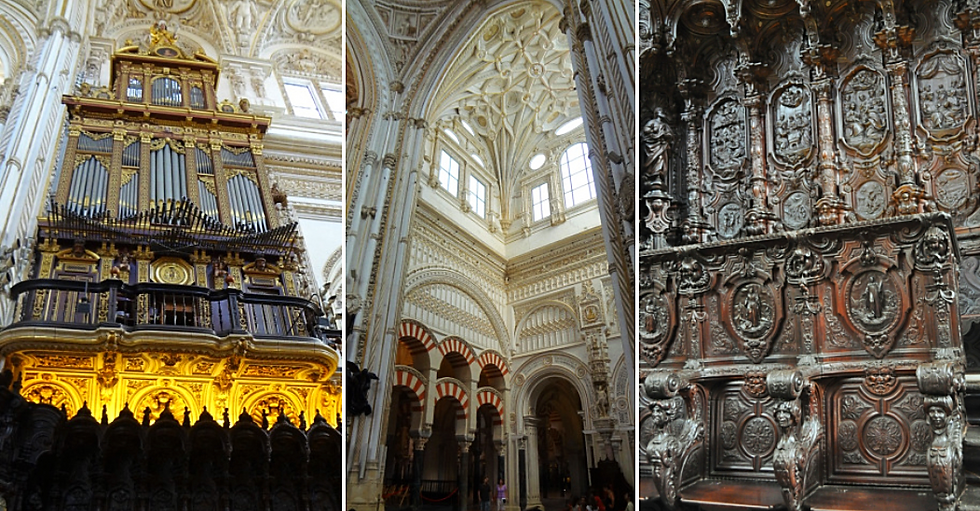
After the Mezquita, we took one final look around the surrounding courtyard and up at the towering 17th century Giralda Bell Tower. While Cordoba may have been small, it housed some pretty immense sights. As I looked up at the Bell Tower towering over me, and the vast history of the Mezquita looming in front of me, I felt quite insignificant in comparison. For more information on how to plan your entire trip to Cordoba, skip the lines, and get the most out of your adventures, click here to view our detailed Cordoba city planning guide!








